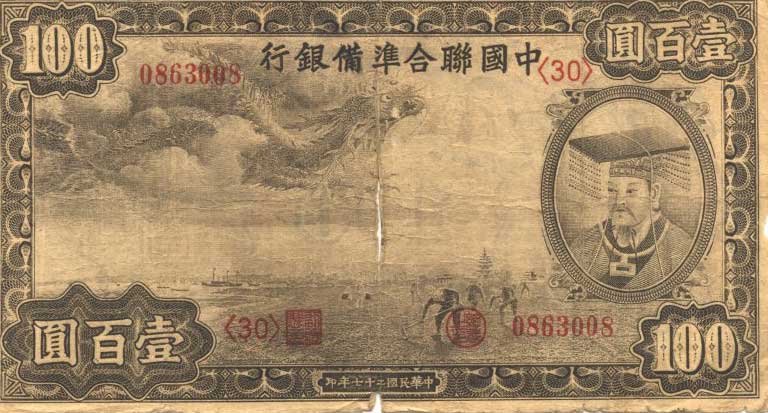Rory Brown, Managing Partner of Nicklaus Brown & Co: From Lydian Coins to Chinese Bank Notes

Lydian staters were the world's first true coins, but there was a second major currency innovation that happened 4,000 miles away. Lydia may have invented modern coinage, but we have the Chinese to thank for paper money.
It Started With a Block
The Chinese art of block printing was the genesis for paper money. Around the ninth century, during the Tang dynasty, government officials began using block-printed paper certificates bearing specific currency amount to pay local merchants. This was in answer to the difficulties faced in transporting large amounts of coinage over the vast distances Chinese merchants traveled.
Merchants could exchange these certificates, colloquially called "flying cash" in honor of their propensity to blow away, for hard currency on-demand in the capital. Because these certificates could themselves be transferred, they became a de facto currency, with their face value guaranteed by the coins they could be exchanged for. However, flying cash was never intended to be an official currency, and its circulation wasn't large enough to support widespread use.
True Paper Money is Born
Flying cash represented the first time in human history that currency certificates were used as a medium of exchange, but it wasn't until 200 years later that China created the first paper currency.
Near the very end of the first millennium, a collection of wealthy Chinese merchants began using banks to print paper certificates that, like flying cash, were transferable into hard currency at the issuing bank's location. These currency certificates enjoyed wide distribution and created an interest in paper money among the population.
In 1023 the Chinese government required all private banknotes to be withdrawn, proclaiming that only government-printed bills would be legal tender. They then made two decisions that created paper money as we know it today (or rather knew it before the world abandoned the gold standard in exchange for FIAT currency).
The government made certain that every paper bill printed was backed up by hard currency. They also announced that paper bills and coins were directly transferable by the public. As a result, paper currency was just as valuable as the gold and silver coins it could be exchanged for, and paper money was born.
From China to the Rest of the World
Amazingly, even with Marco Polo's visits to China in 1271, where he was so impressed with paper money that he wrote extensively about it, Europe didn't begin using paper currency until the 17th century. The coinage system the Lydian's created and the rest of the world adopted was perfectly adequate for their needs. But once coins gave way to paper bills, the world never looked back.
About Rory Brown: Mr. Rory Brown is a Managing Partner of Nicklaus Brown & Co., the Chairman of Goods & Services, Nearshore Technology Company, and a member of the board of directors of Desano. He is passionate about delving into the history of money and how our modern currency has evolved into what it is today. In his spare time, he writes about the history of the Lydians - the first civilization to use gold and silver coinage.
 >
>